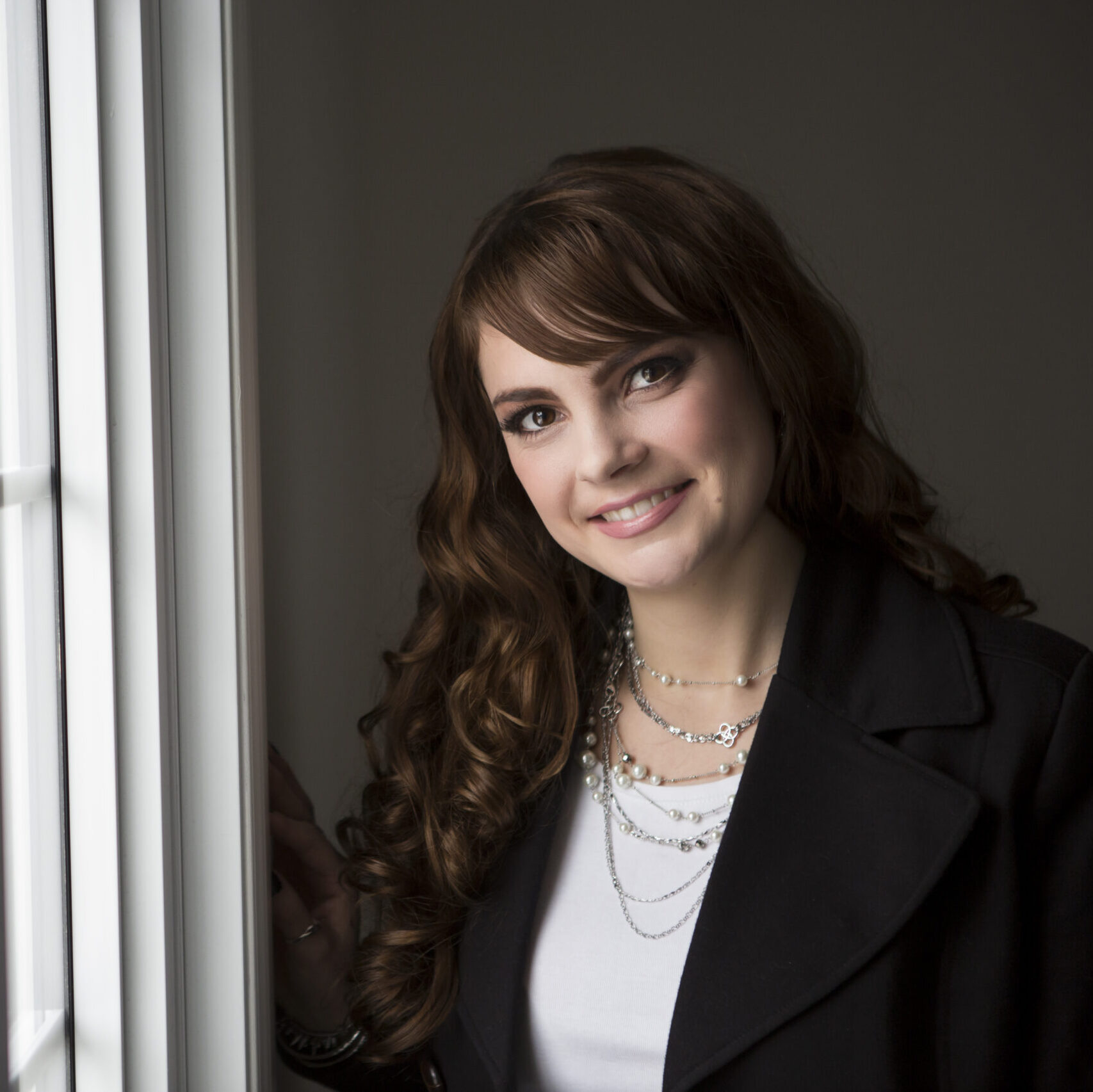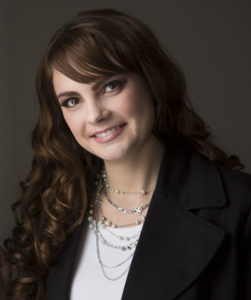The Art of Champagne
Going to on a road trip to Champagne (city of Reims, France) during the harvesting season, all I wanted to see was the vineyards and I was dying to taste the grapes straight from the vines.
 The city of Reims is in the middle of the Champagne region. I visited the Notre Dame church, which is the grandest and most beautiful church I’ve seen. When you enter the front doors you are instantly belittled by the sky-high arched ceiling. The stained glass windows are pure art with the vibrant hues casting a rainbow of colours, which dance on the church columns. The saturated sapphire blue windows at the back of the church are a spectacle to behold. A group of children were singing, “be joyful” in English and their voices filled the church with peace and happiness. The exterior of the church is covered with statues. Gargoyles jut out from the sides. It looks different from each side and after gazing upon it for hours, you can still find something you haven’t yet seen. I couldn’t skip out on the souvenir shop so I bought a bag of pink biscuits (or biscuits roses de Reims to be specific), which are dusted with white powdered sugar and are made to accompany champagne. They taste a little bit like styrofoam on their own and dipping them in champagne somehow makes the alcohol content seem higher.
The city of Reims is in the middle of the Champagne region. I visited the Notre Dame church, which is the grandest and most beautiful church I’ve seen. When you enter the front doors you are instantly belittled by the sky-high arched ceiling. The stained glass windows are pure art with the vibrant hues casting a rainbow of colours, which dance on the church columns. The saturated sapphire blue windows at the back of the church are a spectacle to behold. A group of children were singing, “be joyful” in English and their voices filled the church with peace and happiness. The exterior of the church is covered with statues. Gargoyles jut out from the sides. It looks different from each side and after gazing upon it for hours, you can still find something you haven’t yet seen. I couldn’t skip out on the souvenir shop so I bought a bag of pink biscuits (or biscuits roses de Reims to be specific), which are dusted with white powdered sugar and are made to accompany champagne. They taste a little bit like styrofoam on their own and dipping them in champagne somehow makes the alcohol content seem higher.
I booked a tour of the wine cellars of G.H. Mumm. The strict tour guide turned on a ten-minute video, which explained the history of how G.H. Mumm champagne came to be. We followed her seven metres underground to see the map of where the vineyards were in the Champagne region of France. I will attempt to provide a description of the Art of Champagne making as I was told by the tour guide, but I didn’t take notes so please treat this as a general idea. Mumm uses three different types of grapes for their champagne, the Pinot Meunier (purple/black), the Chardonnay grape (whitish green) and the Pinot Noir (purple/black). She explained that the purple grapes produced a white “must”, not juice. The must is fermented for 3 weeks in stainless steel containers (not wooden barrels anymore). It produces an alcoholic wine. Then yeast is added and the wine is fermented for another few weeks. This produces bubbles, but the bubbles are released through the open containers because bubbles are not needed at this stage. After the fermentation process, the different types are grapes are mixed. The “Wine House Headmaster” (sorry I cant remember the actual title) and his team taste the 7 different types of champagne until the mixture is according to house style.
of how G.H. Mumm champagne came to be. We followed her seven metres underground to see the map of where the vineyards were in the Champagne region of France. I will attempt to provide a description of the Art of Champagne making as I was told by the tour guide, but I didn’t take notes so please treat this as a general idea. Mumm uses three different types of grapes for their champagne, the Pinot Meunier (purple/black), the Chardonnay grape (whitish green) and the Pinot Noir (purple/black). She explained that the purple grapes produced a white “must”, not juice. The must is fermented for 3 weeks in stainless steel containers (not wooden barrels anymore). It produces an alcoholic wine. Then yeast is added and the wine is fermented for another few weeks. This produces bubbles, but the bubbles are released through the open containers because bubbles are not needed at this stage. After the fermentation process, the different types are grapes are mixed. The “Wine House Headmaster” (sorry I cant remember the actual title) and his team taste the 7 different types of champagne until the mixture is according to house style.
 A vintage champagne is the only type which has the date appearing on the bottle. A vintage year is determined by the “House Master”. After the champagne has the taste of the house-style, it is bottled and temporarily capped. The bottles are placed horizontally in the cellars to age and complete a final fermentation process. At this stage sediments appear in the bottle. The bottles are angled increasingly steeper from week to week so that the sediments eventually gather in the neck of the bottle. At the time when the bottles sit at different angles, a machine (and for long-necked bottles, a person) turns the
A vintage champagne is the only type which has the date appearing on the bottle. A vintage year is determined by the “House Master”. After the champagne has the taste of the house-style, it is bottled and temporarily capped. The bottles are placed horizontally in the cellars to age and complete a final fermentation process. At this stage sediments appear in the bottle. The bottles are angled increasingly steeper from week to week so that the sediments eventually gather in the neck of the bottle. At the time when the bottles sit at different angles, a machine (and for long-necked bottles, a person) turns the bottles twice to the left and once to the right to shake the sediments down. When the sediments reach the neck, the bottles are opened at just the right time for a big bubble to push out the sediments. Some champagne escapes and so Mumm adds some champagne from its reserves to fill the bottle completely and maintain the taste of the house style. Then the champagne is complete. They cork it, label it and ship it.
bottles twice to the left and once to the right to shake the sediments down. When the sediments reach the neck, the bottles are opened at just the right time for a big bubble to push out the sediments. Some champagne escapes and so Mumm adds some champagne from its reserves to fill the bottle completely and maintain the taste of the house style. Then the champagne is complete. They cork it, label it and ship it.
 After the tour of the cellars, I drove along the Route Tourist de Champagne following the road signs across the country. Driving along the narrow winding roads, tress lining each side and the sun shining in on an angle, I saw the endless rows of vines. Small black grapes tightly bunched together, squeezing between each other to reach the sunlight. I bent down and tugged a grape from the vine. The refreshingly dry taste confirmed that they were champagne grapes. Not table grapes. Two hours later, I had passed through 12 small champagne towns, and had seen hundreds of hectares of grapevines and countless champagne houses. As the afternoon was coming to an end, I enjoyed a glass of champagne, a pink biscuit and a few more grapes as I gazed out into the vast fields of grapes, lush trees and red-roofed houses of the small town in the distance.
After the tour of the cellars, I drove along the Route Tourist de Champagne following the road signs across the country. Driving along the narrow winding roads, tress lining each side and the sun shining in on an angle, I saw the endless rows of vines. Small black grapes tightly bunched together, squeezing between each other to reach the sunlight. I bent down and tugged a grape from the vine. The refreshingly dry taste confirmed that they were champagne grapes. Not table grapes. Two hours later, I had passed through 12 small champagne towns, and had seen hundreds of hectares of grapevines and countless champagne houses. As the afternoon was coming to an end, I enjoyed a glass of champagne, a pink biscuit and a few more grapes as I gazed out into the vast fields of grapes, lush trees and red-roofed houses of the small town in the distance.







Love your blog. I’ll be stopping by often. Thanks for checking out mine the other day. “Fits like a hat” – I couldn’t have said it better myself. God bless.
http://www.babycross.wordpress.com
Thanks for checking out my blog too. I like reading yours too and I’m happy you liked my comment. 🙂
[…] wine, for some reason I always think of the Bordeaux variety. There are many other wines from different regions of France, which are much more pleasing to the […]